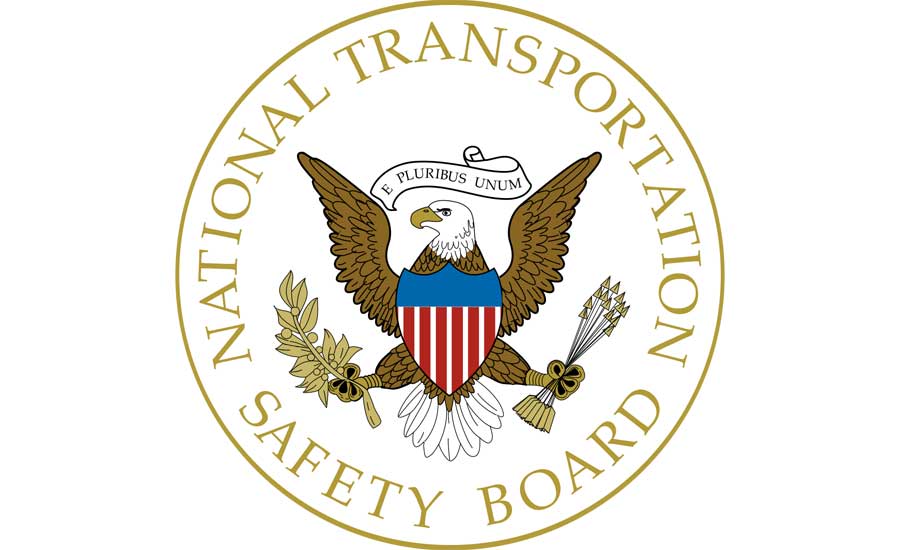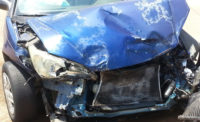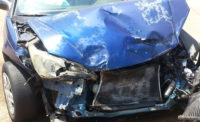Driver mystery behind Tesla crash

National Transportation Safety Board (NTSB) investigators may never know why the driver of a Tesla failed to heed alerts for him to put his hands on the steering wheel in the minutes before a fatal crash.
Alerts issued
The ongoing inquiry into the accident on U.S. Highway 1010 in Mountain View, California on March 23, 2018 has determined that the Tesla provided two visual alerts and one auditory alert for the driver to place his hands on the steering wheel more than 15 minutes before the crash. Although the driver’s hands were detected on the steering wheel for a total of 34 seconds, on three separate occasions, in the 60 seconds before impact, the vehicle did not detect the driver’s hands on the steering wheel in the six seconds before the crash.
The NTSB’s preliminary report includes performance data downloaded from the 2017 Tesla Model X P100D, which showed that the driver was using traffic-aware cruise control and autosteer lane-keeping assistance (advanced driver assistance features that Tesla refers to as autopilot). The vehicle was approaching the state Highway 85 interchange, traveling south on U.S. Highway 101, in the second lane from the left — a high-occupancy-vehicle lane.
How it happened
As the vehicle approached the paved gore area dividing the main travel lane of U.S. Highway 101 from the state Highway 85 exit ramp, it moved to the left and entered the gore area at approximately 71 mph, striking a previously damaged, SCI smart cushion crash attenuator system. The speed limit for the roadway is 65 mph. The vehicle’s traffic-aware cruise control was set to 75 mph at the time of the crash. The Tesla was subsequently involved in collisions with a 2010 Mazda 3 and a 2017 Audi A4. The Tesla’s 400-volt, lithium-ion, high-voltage battery was breached during the crash and a post-crash fire ensued.
Bystanders got driver out
The Tesla’s driver was found belted in his seat and bystanders removed him from the vehicle before it was engulfed in flames. The Tesla driver suffered fatal injuries while the driver of the Mazda suffered minor injuries and the driver of the Audi was not injured.
A preliminary review of the Tesla’s recorded performance data showed:
- The Autopilot system was engaged on four separate occasions during the 32-minute trip, including continuous operation for the last 18 minutes and 55 seconds prior to the crash.
- The Tesla was following a lead vehicle and traveling about 65 mph, eight seconds before the crash.
- While following a lead vehicle the Tesla began a left steering movement, seven seconds before the crash.
- The Tesla was no longer following a lead vehicle four seconds before the crash.
- The Tesla’s speed increased — starting three seconds before impact and continuing until the crash — from 62 to 70.8 mph. There was no braking or evasive steering detected prior to impact.
Tesla battery caught fire five days after crash
The Mountain View Fire Department applied about 200 gallons of water and foam to extinguish the post-crash fire. The battery reignited five days after the crash in an impound lot and was extinguished by the San Mateo Fire Department.
The preliminary report is available online at https://goo.gl/cDv2kf. The NTSB’s investigation of the crash is ongoing. Major investigations and investigations of crashes involving fatalities are generally completed in 12 to 24 months.
Information contained in the report is preliminary and subject to change during the NTSB’s ongoing investigation. Preliminary reports, by their nature, do not contain analysis and do not discuss probable cause and as such, no conclusions about the cause of the crash should be drawn from the preliminary report
Looking for a reprint of this article?
From high-res PDFs to custom plaques, order your copy today!




